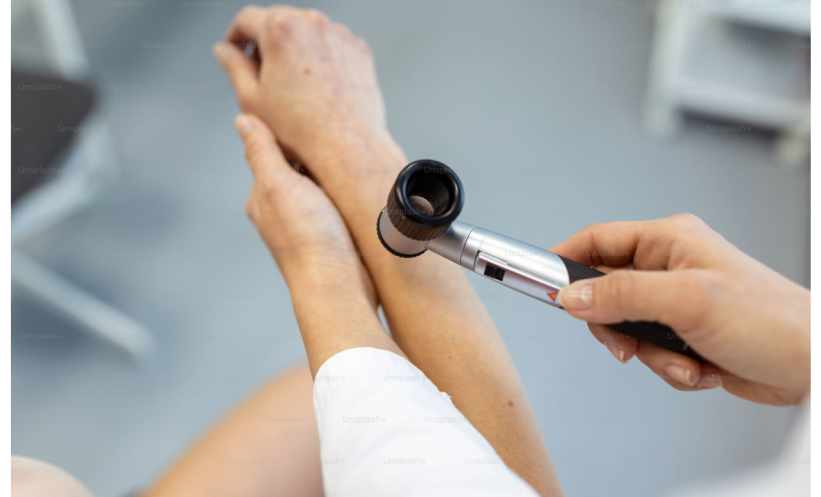PATIENTS diagnosed with melanoma, who smoke, were found to have an increased risk for melanoma-associated death. For those who smoke ≥20 cigarettes daily, the risk is greater.
The study, led by Katherine M. Jackson, Saint John’s Cancer Institute, Santa Monica, California, USA, examined post hoc data from the randomised, multinational Multicenter Selective Lymphadenectomy Trials (MSLT-I and MSLT-II), from a cohort of 6,279 patients. The cohort was split into three arms: those who were not given minimally invasive sentinel lymph node biopsy (SLNB) in MSLT-1; patients who underwent SLNB in both MSLT-I and MSLT-II, and were negative; and those in both MSLT-I and MSLT-II who underwent the SLNB procedure and were found to have tumour-positive nodes.
Patients were further categorised as current, former, or never smokers, with information based on self-reporting during the enrolment of the trial. The multivariable analysis corroborated that an association with melanoma-related death was found in those patients who were current smokers (hazard ratio [HR]: 1.48; 95% confidence interval [CI]: 1.26–1.75), but not in former smokers (HR: 1.03; 95% CI: 0.89–1.20). Rates were highest for current smokers in the SLNB-negative group (HR: 1.85; 95% CI: 1.35–2.52).
Melanoma-associated death (MAD) increased in patients who smoked more (light: 1–9 cigarettes per day; moderate: 10–19; and heavy: ≥20). The adjusted risk for MAD rose by around 20% for each group. Moderate and heavy smokers were found to have the greatest risk for MAD in comparison to light smokers or non-smokers; the difference was significant (HR: 1.45; 95% CI: 1.00–2.09). The risk for MAD was doubled in the group of heavy smokers who had SLNB-negative disease (HR: 2.06; 95% CI: 1.36–3.13).
Jackson commented on past research, where, in contrast to most cancer types, “for decades, there has been no evidence to suggest that smoking increases your chance of developing melanoma.” She went on: “Heavy smokers with early-stage melanoma (Stage I and II) had double the risk of dying from their disease compared to the non-smokers. That was a striking statistic, especially for an environmental and modifiable factor like smoking.”
Limitations of the study included the retrospective nature, the use of a single timepoint, and smoking status being self-reported. The researchers recommend incorporating smoking counselling into patient examinations, and emphasising that quitting smoking has the potential of being an important event in melanoma.








